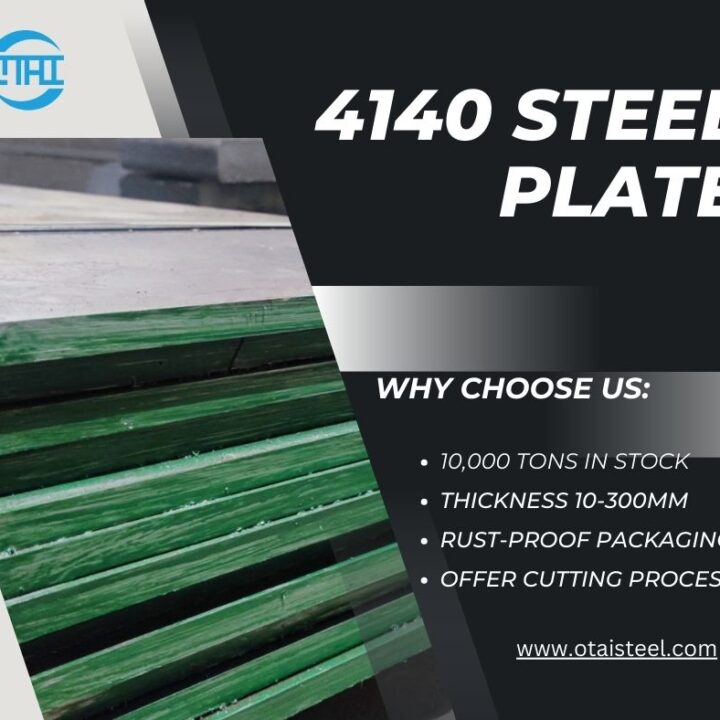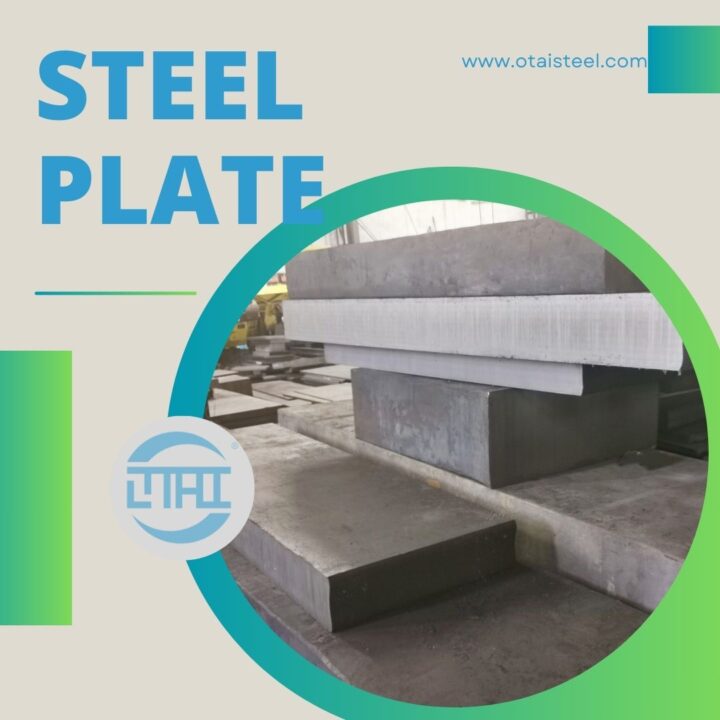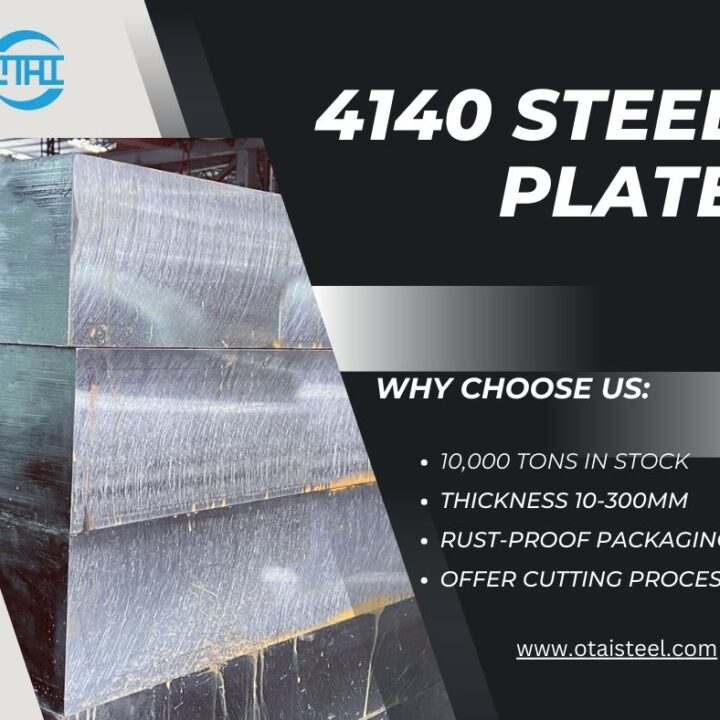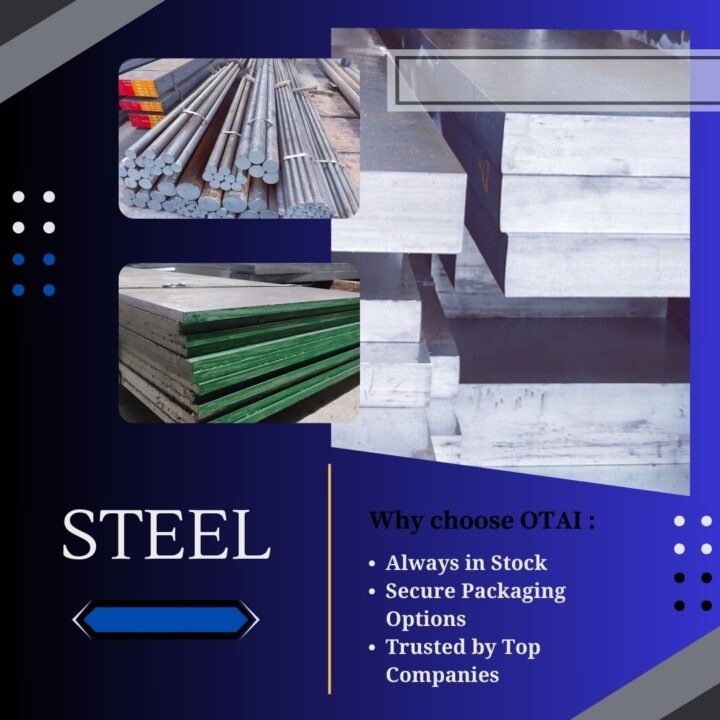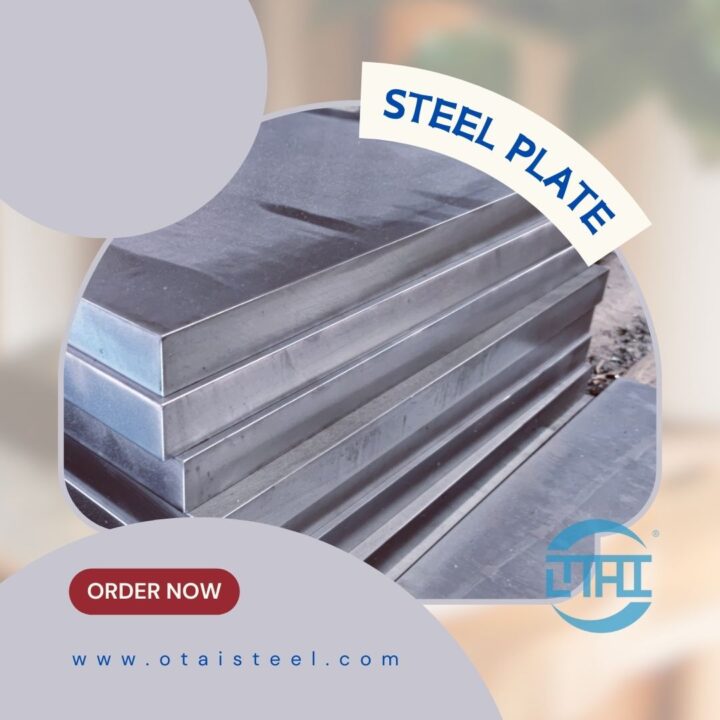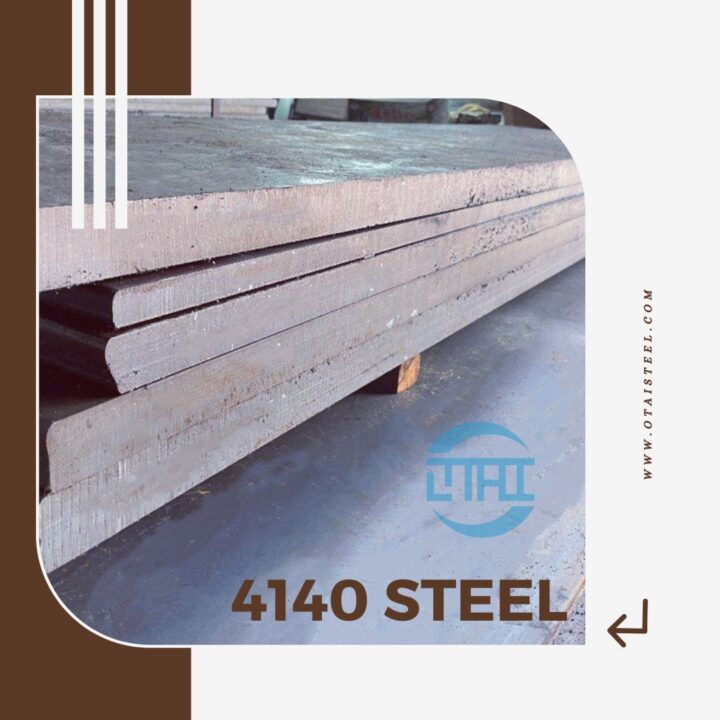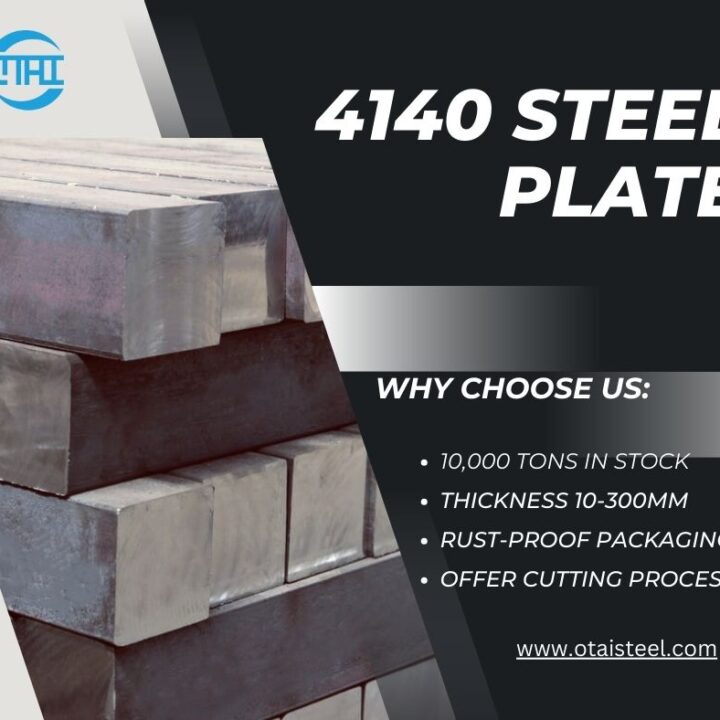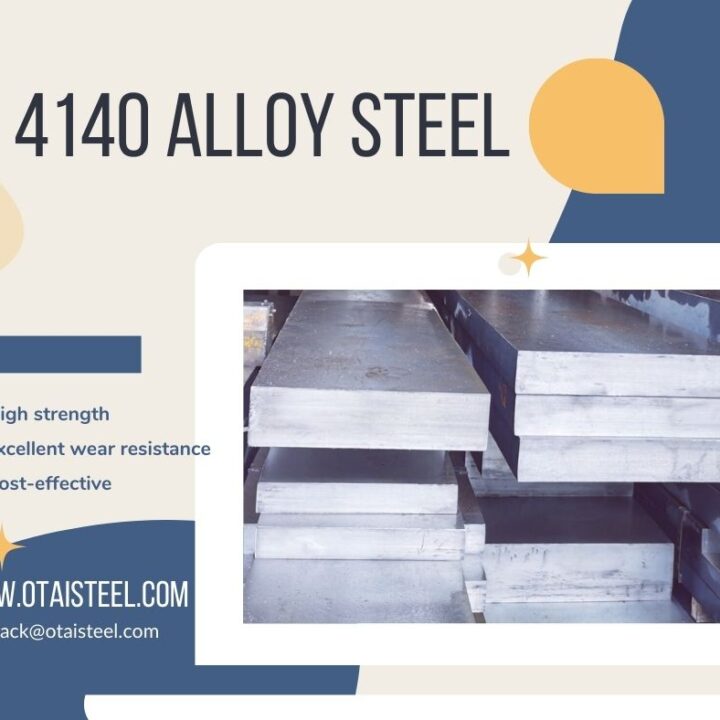Alloying elements in 4140 steel influence its corrosion resistance by forming protective layers on the surface, inhibiting the corrosion process. The key alloying elements that significantly impact the corrosion resistance of 4140 steel are chromium, molybdenum, and carbon.
Chromium: Enhancing Corrosion Resistance
Chromium is a vital alloying element that greatly enhances the corrosion resistance of 4140 steel. It forms a passive oxide layer on the surface, known as chromium oxide (Cr2O3), which acts as a barrier against corrosive substances. This protective layer prevents further corrosion and provides excellent resistance to oxidation and tarnishing. The higher the chromium content in 4140 steel, the better its corrosion resistance, making it suitable for applications in corrosive environments.
Molybdenum: Resistance to Pitting and Crevice Corrosion
Molybdenum is another crucial alloying element in 4140 steel that contributes to its corrosion resistance. It enhances the steel’s resistance to pitting and crevice corrosion, which are localized forms of corrosion that can occur in chloride-rich environments. Molybdenum helps in stabilizing the passive film on the surface, making it more resistant to corrosive attack in aggressive environments.
Carbon: Strengthening the Passive Film
While carbon is primarily responsible for the strength and hardness of 4140 steel, it also plays a role in enhancing the corrosion resistance. Carbon strengthens the passive film formed on the surface, improving its ability to withstand corrosive agents. Additionally, the presence of carbon can contribute to the formation of carbides, which can act as additional barriers against corrosion.
Other Alloying Elements and Their Contributions
In addition to chromium, molybdenum, and carbon, other alloying elements present in 4140 steel also contribute to its corrosion resistance, although to a lesser extent. Manganese, for instance, can enhance the passivation of the steel surface and improve its resistance to acidic corrosion. Other trace elements, such as nickel and vanadium, may further enhance specific aspects of corrosion resistance.
It is worth noting that while alloying elements improve the corrosion resistance of 4140 steel, their effectiveness is also influenced by factors such as the concentration and distribution of these elements within the steel matrix, the manufacturing processes used, and the specific environment in which the steel is exposed to.
Understanding the impact of these alloying elements allows for informed material selection in applications where corrosion resistance is critical.
